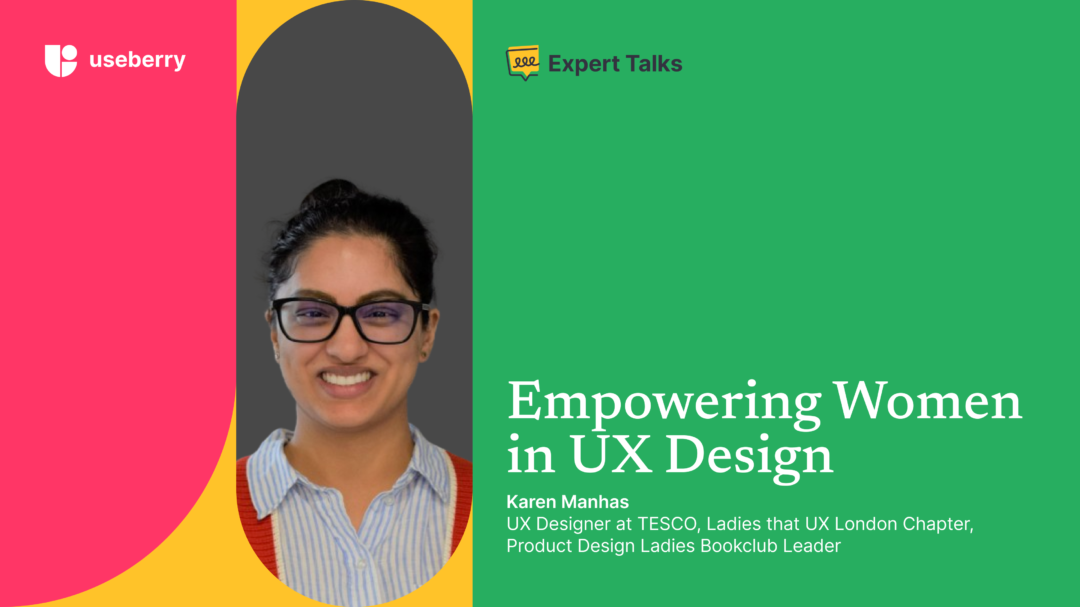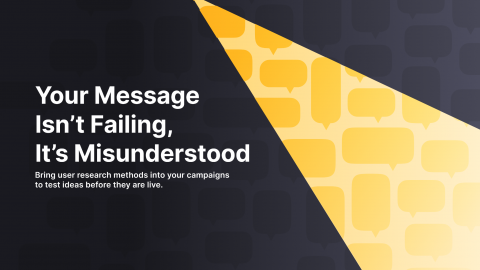Welcome to another inspiring edition of Expert Talks!
Today, we’re thrilled to spotlight Karen Manhas, a UX designer whose journey into the field evolved into a passionate career. Join us as she shares her story, her work with impactful women-led tech communities, and her insights on overcoming industry challenges. Plus, Karen offers valuable advice on mentorship, career progression, and maximizing UX tools like Useberry.
Let’s dive right into her design journey!
UX Design Journey: From Engineering to UX Design, Driven by Community and Purpose
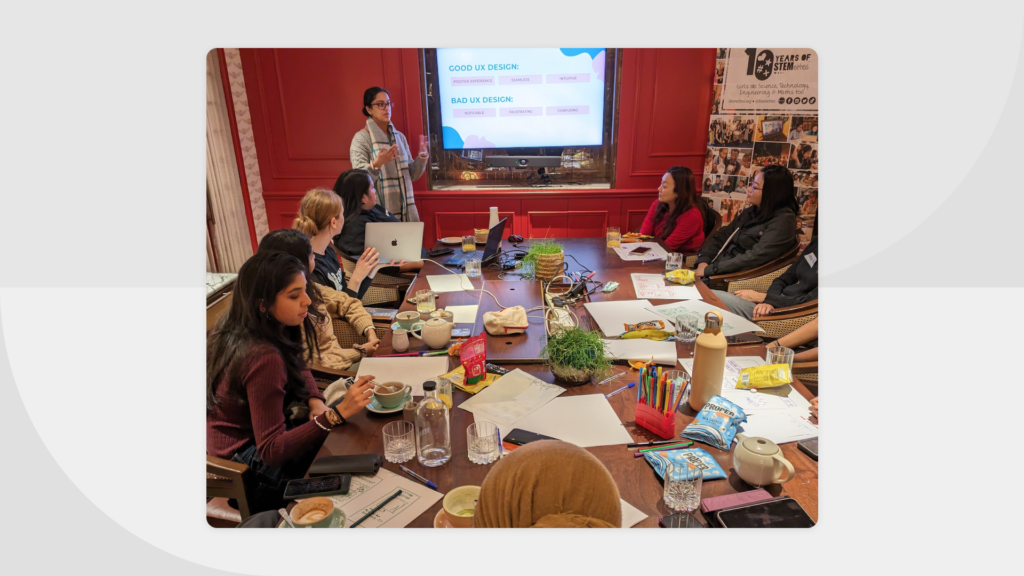
What motivated you to pursue a career in UX design?
Believe it or not, I accidentally fell into UX Design! After studying Mechanical Engineering at university, I realized (finally) during my final year that it wasn’t the right path for me. I had known this for sometime after completing an industrial placement year at a nuclear power station and a summer internship at American aerospace company. I was accepted on to a technology graduate program, and during my last placement (which was randomly assigned), I worked on reviewing the customer journeys as part of a cloud partnership project.
I started receiving great feedback on my skills, such as collaboration, research, presenting, and I really enjoyed the work. I remember Googling “customer journey jobs” one evening and came across User Experience. I asked my manager if I could work on more UX related projects, and that’s how I started my career in Enterprise UX (I also unintentionally specialized from the get go).
Sometimes the best things are the unexpected ones.
You’re active in two women-led tech communities – Ladies that UX, London and Product Design Ladies in London. Can you share more about your role in these groups?
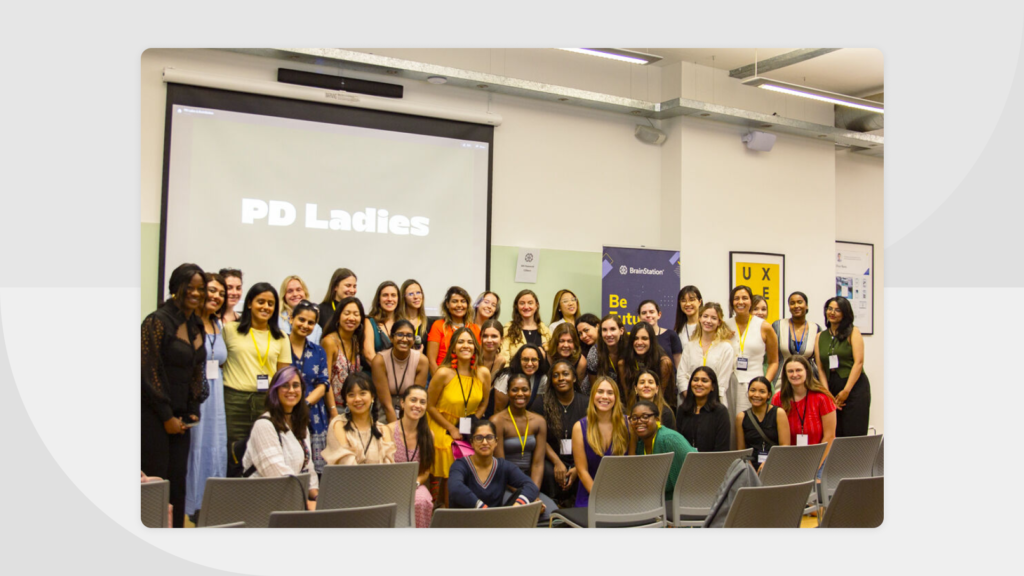
I absolutely love being part of these strong, women led groups in London! Let me start with Product Design Ladies since I’ve been with them slightly longer. This community was built to bring women together and build genuine friendships, both for work and life. I run their monthly book club, which we hold on the last Thursday of every month. It’s been so much fun! We sometimes veer off topic and chat about everything from work celebrations to interviews to personal experiences for example. It’s a lovely, supportive space where we can be ourselves.
With Ladies that UX London, the London chapter was founded 10 years ago by the amazing Sophie Mitchell. The group provides a platform for women at all levels to share their experiences, both good and bad, and to support and inspire one another. I attended one of their events last year and, when I heard they were looking for volunteers, I reached out to Sophie on LinkedIn. Since joining, I’ve helped with hiring new team members, organizing in person events, finding venues and speakers, managing LinkedIn communications, and so much more. It’s an incredible team of women, and I’m super happy to be part of it.
What challenges do women face in this industry, and how do you believe they can be overcome?
Over the last five years, working at five different companies has really opened my eyes to the challenges women face in this industry. One major challenge is work life balance. Women often take on more childcare and caregiving responsibilities, but many workplaces don’t offer the flexibility needed to manage this. There is something called the motherhood penalty. As such, some women may need a different work set up and this shouldn’t be seen as incapable of organising their life. I believe companies need to embrace flexible, hybrid, or remote working arrangements that work for both parties, not just the company.
Career progression is another challenge. I’ve spoken to so many women who’ve worked hard, delivered results, gone above and beyond, made themselves visible to decision makers, but they’re still not getting the promotions they deserve. Companies need to have clear, transparent career frameworks and promotion processes.
Lastly, there’s bias. We all have our biases, but women often start at a disadvantage in the workplace. I recently learned about the “pet to threat” theory, and it was eye opening to see a concept that explained some of my own experiences. Companies need to actively foster inclusion, promote diversity, and hold leaders accountable for creating environments where women are recognized, empowered, and given leadership opportunities.
An article by Forbes in 2021 found that male employees are promoted faster under male managers, while both men and women receive equal treatment under female managers. It’s time to address these gaps and create a fairer workplace for women.
How do these communities focused on women in tech support and empower their members?
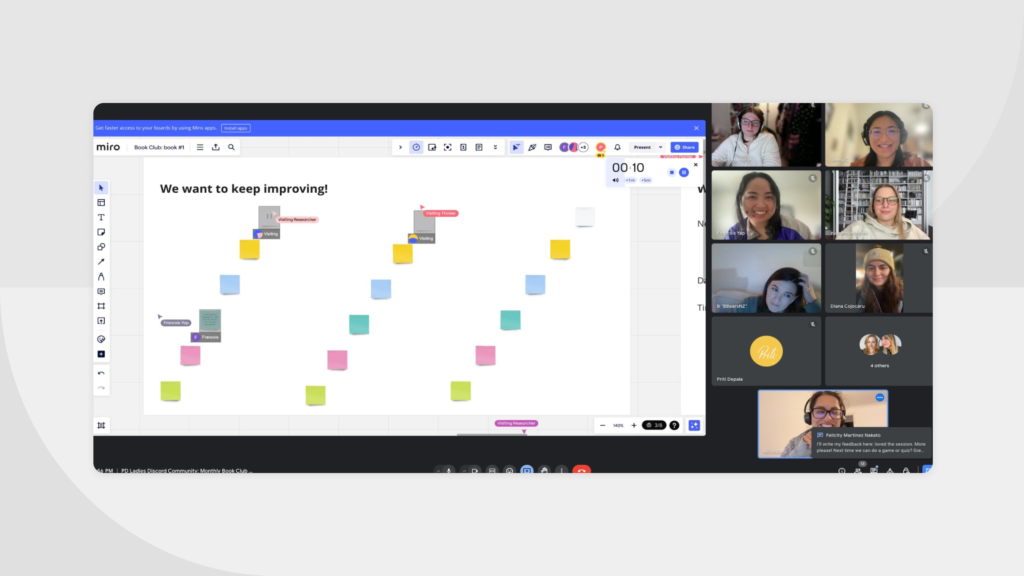
These communities are absolutely crucial for empowering women in tech. Thinking back to my university days, I was one of only 10 women in my Mechanical Engineering cohort of about 70. If there had been a community for female engineers, it would have made a world of difference in terms of confidence, support, mentorship, and preparation for the workplace.
In these women only tech communities, we host in person events and build online spaces that bring hundreds of women together to grow, and succeed. They provide resources, and build networks to help women navigate their careers, from entry level to leadership roles. It’s about lifting each other up, celebrating wins, and creating the space where women can thrive in tech.
These groups give women the tools and encouragement they need to succeed in an industry that has historically lacked inclusivity. Men have had their “old boys clubs” for years, but now we’re creating spaces where women can thrive and support each other, something that’s been missing for a long time and long overdue.
Relationship with Useberry
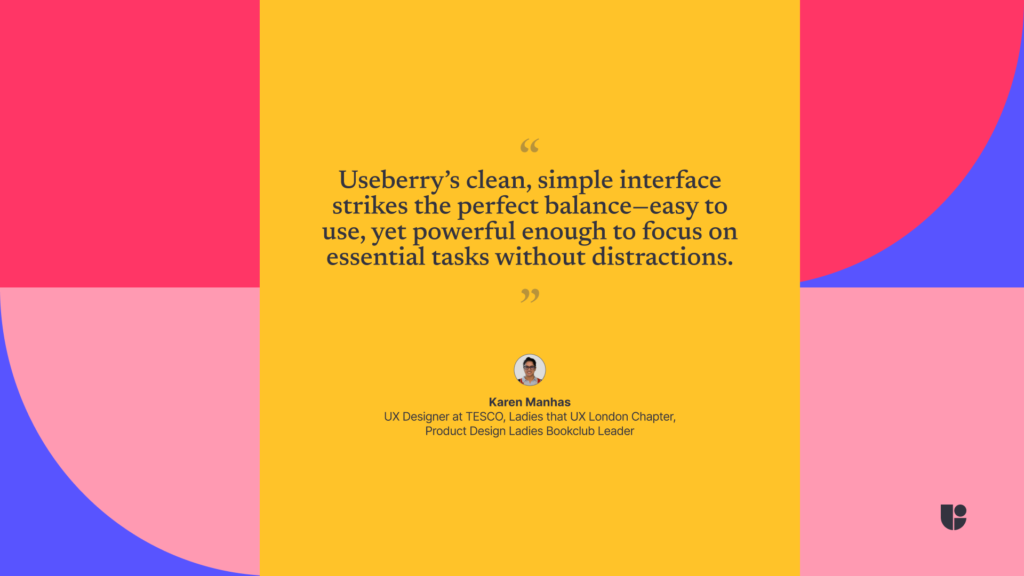
Which Useberry features have been the most useful for you?
One of the most valuable things about Useberry is its user interface. The design is clean and simple making it easy to use the platform. It strikes a good balance between being straightforward without feeling too plain or overwhelming. This makes it simple to focus on important tasks like setting up tests, checking results, or getting feedback without any distractions which as designers know can take up a lot of our time.
I also really appreciate the template library, whether it’s testing basic navigation flows or specific user tasks, the library provides a solid starting point, allowing anyone to modify and customize templates as needed. It’s a huge boost for efficiency, especially when deadlines are tight or when anyone wants to experiment with multiple test structures. Plus, you can create your own custom templates, which is really useful for designing tests that fit your specific projects or company. You can set up your own tasks, create unique test flows, and save them for future use. This saves time and helps keep your tests consistent with your project needs. It also makes it easy to reuse setups for similar tests, while still allowing changes when needed. I just love a good template!
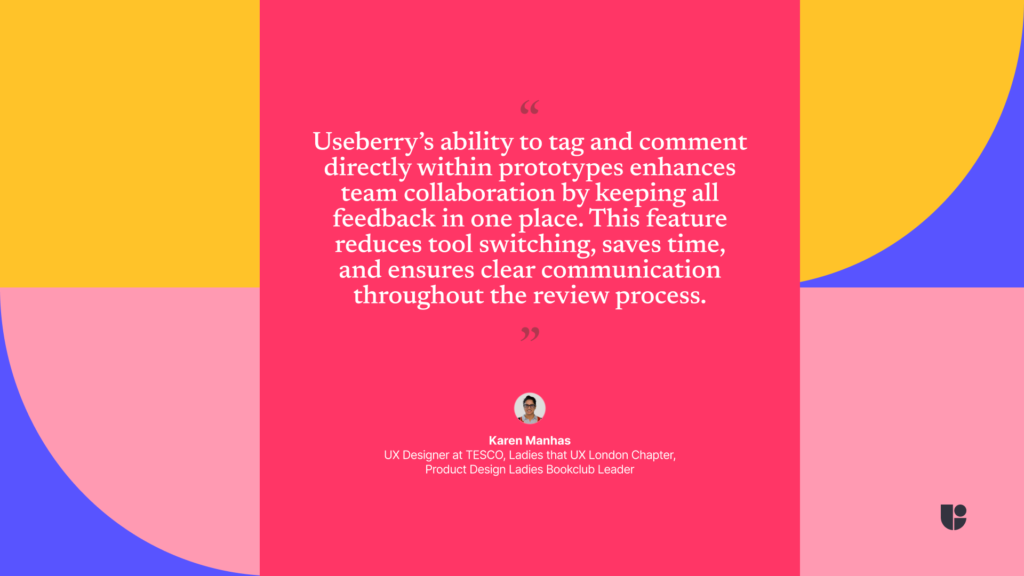
With the ability to tag and comment on specific parts of a prototype directly within Useberry is useful for team collaboration. I cannot begin to tell you the times where I’ve had to copy and paste feedback into other platforms like Slack or MS Teams. This feature keeps all the discussions and feedback in one place, allowing everyone to view the prototype alongside the comments, which gives more context and avoids miscommunication. Plus, it streamlines the review process by reducing back and forth between different tools, saving time and ensuring everyone stays on the same page.
Lastly, Useberry has great customization options that help you tailor your tests to your needs. You can change the language to suit your audience, add password protection for security, and include legal screens to meet company policies. These features make it easy to adjust the admin side of things so everything looks and works the way you want.
How do you think Useberry could fit into your design process?
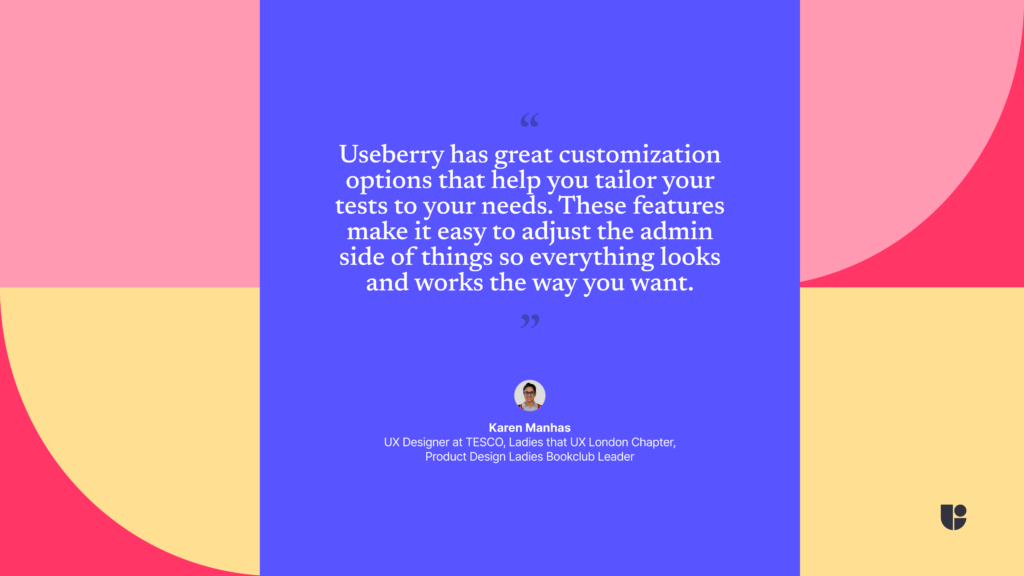
Useberry fits into my design process by prioritizing research and data collection, which can happen at the beginning, throughout, or even at the end of a project. Having a tool like Useberry makes it easy to gather feedback directly from users, which is key for understanding how they interact with prototypes for example. This helps to make informed decisions based on real insights rather than guesswork, which sometimes tend to be the case in an agile environment.
With Useberry’s ability to track user behaviour and provide analytics, I can identify patterns, spot issues early, and quickly adjust designs. It plays an important role in ensuring designs are user centred, effective, and aligned with project goals, ultimately leading to better products.
Which leads into early validation or exploration, especially important with low fidelity prototypes (like wireframes and rough drafts). This stage can be challenging because users and stakeholders might focus too much on how things look rather than how they work. Useberry allows me to concentrate on user flows and interactions, gathering feedback before moving to high fidelity designs. This way, there is an avoidance going down the wrong path and wasting resources.
Plus, the click tracking and behaviour data from Useberry can help inform discussions with stakeholders and developers about what features are most important. It creates a shared understanding of which parts of the user flow need extra attention, helping us build a clear roadmap for development.
While I haven’t specifically mentioned on collecting feedback throughout a project or towards the end before a release, the principles above still apply.
Overall, Useberry ensures design meets user needs and aligns with overall project goals.
UX Interview Tips
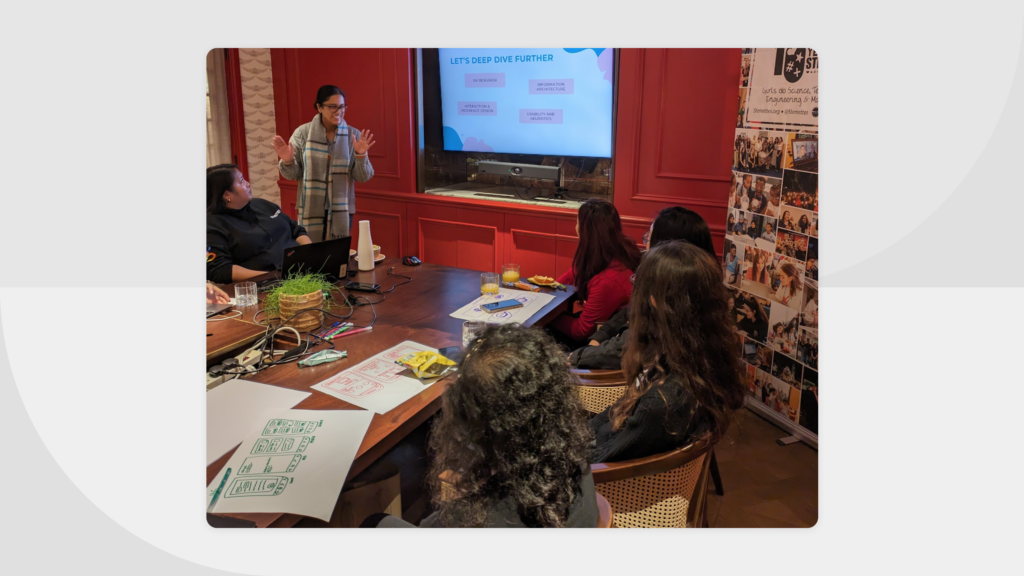
How would you suggest preparing for UX design interviews in 2024? What strategies have you found most effective in showcasing your skills and avoiding common pitfalls?
There’s a saying that goes, “If you fail to plan, you plan to fail.” Preparation is key for interviews. It’s your chance to shine and show off your impact. One common pitfall is when candidates aren’t self-aware enough, they might waffle, overthink things, or fail to present their best case studies. My advice is to keep it simple and go back to basics.
I always start by asking myself a few questions: What message do I want to get across? How do I want the hiring manager to remember me? How can I best showcase my skills in relation to the job description? I also prepare for common questions and make sure I understand the company and its challenges. I even have my own job preparation planner that I work through for each interview. It’s all about planning, which is something many candidates underestimate.
During your UX design interviews, how do you ensure that you effectively communicate your design process and problem-solving approach to interviewers who may not be UX experts?
I always keep things simple and avoid jargon. I walk them through my process step by step, pausing for questions and explaining why I chose certain methods and why I didn’t. It’s all about being a good storyteller. You want to take them on the journey with you, engaging them and making sure they understand how you approach solving design problems. Choosing the right format is important too, using visuals when needed and keep things interactive and engaging.
UX Mentoring
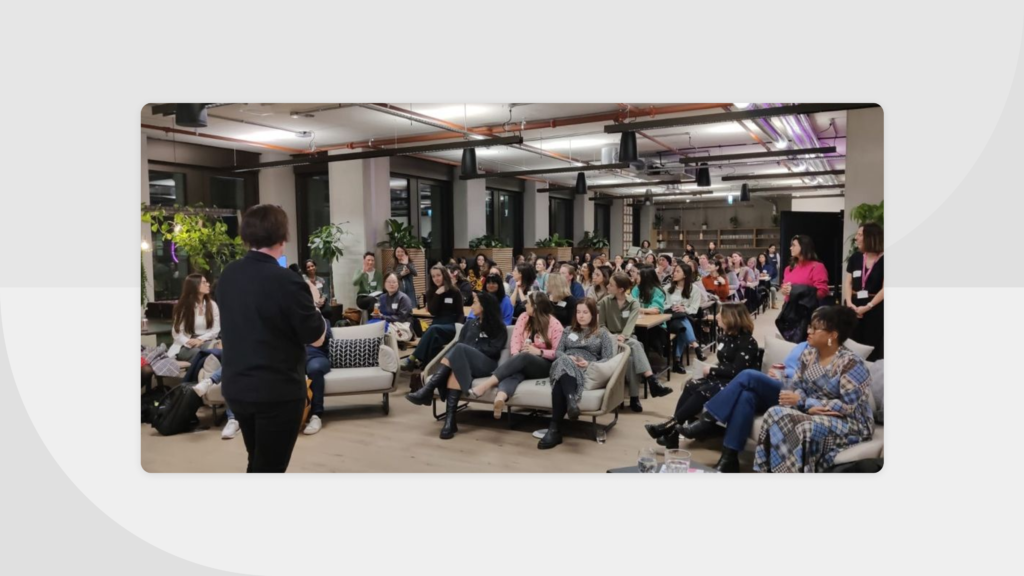
What are the best strategies you’d recommend for mentoring junior UX designers?
Firstly, you need to understand what kind of mentor you are. Everyone has their own mentoring style, so it’s important to align with the needs of your mentee. What are their goals and expectations? Once that’s clear, set up a structure that works for both of you. Be patient, offer constructive feedback, and share your knowledge and experience openly. Mentoring is a relationship that should evolve, so always check in and adjust your approach as needed. Supporting their growth is key.
What about seasoned UX professionals? What mentoring strategies work best for them?
When mentoring seasoned UX professionals, it’s important to recognize that they come with their own experiences and perspectives compared to a junior UX designer. The approach needs to be more collaborative, focused on refinement and specialization rather than foundational skills.
Encourage peer to peer learning, where the mentor also learns from the mentee. Facilitate strategic thinking, leadership development, and exposure to emerging trends, rather than just tactical or the usual advice. It’s important to challenge them to think beyond their comfort zone, pushing towards areas such as business impact, cross functional collaboration, and influencing team culture. Help them set long term goals, whether it’s honing niche skills, advancing into leadership roles, or becoming thought leaders in the industry.
Mentorship for seasoned UX professionals should feel like a partnership for mutual growth, rather than a one way exchange of knowledge.
What advice would you give to women looking to enter or advance in the tech industry?
For women entering or advancing in tech, confidence and self advocacy are paramount. Firstly, build a strong support network, whether through mentors, peers, or professional communities, where you can share experiences and seek advice. Surround yourself with people who champion your growth.
Develop both hard and soft skills in the sense of, sure technical expertise is essential, but communication, leadership, and negotiation skills can set you apart in advancing your career. Don’t be afraid to take on new challenges, and if an opportunity excites you but feels outside your comfort zone, go for it! Seek out roles that align with your passions and ambitions, and don’t hesitate to ask or negotiate for what you deserve.
Lastly, the industry is evolving, and your perspective is needed. Advocate for diversity and inclusion, and be a role model for others. As you grow, remember that your journey can inspire and empower other women coming into the field.
The Power of Continuous Learning
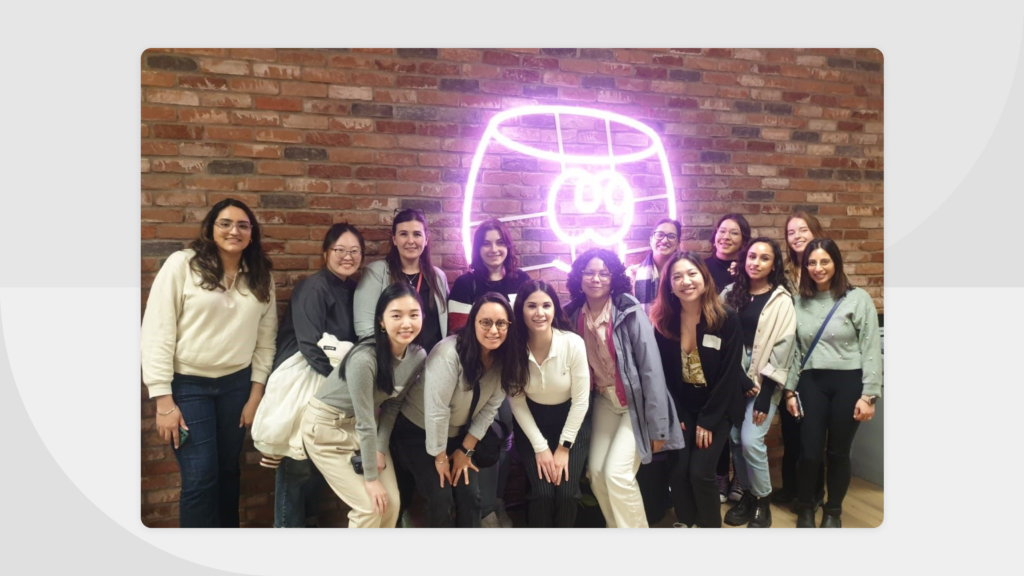
How do you keep up with new trends in UX design? What tools or methods do you use to keep learning and improving your skills?
Trends come and go, so it’s important to have a solid foundation in design basics. I use a mixture of online communities, online resources, e.g. Smashing Magazine and NN/g, along with networking, attending events, and hands on practice. I subscribe to a few newsletters but keep this to a minimum to avoid feeling overwhelmed by the sheer amount of information available online around UX Design.
As I mentioned, networking is a key part of my learning process. I attend industry events and online meet ups to connect with other professionals and share experiences. Engaging with peers helps me gain different perspectives and learn from their insights.
With so much content out there, it’s easy to get caught up in just consuming information. That’s why I make it a priority to take action, whether in my spare time or as part of my day to day job. It’s important not to fall into the trap of consuming too much information without applying it.
It’s also absolute to carve out time for learning and development. With the demands of our work, personal life, and social commitments, it can be easy to put learning on the back burner. However, taking ownership of my growth allows me to explore new areas and continue progressing in my career.
Would you like to share your best UX inspiration resources?
I find a lot of inspiration from podcasts, which I often listen to while I’m out for a walk, running, or just enjoying some downtime. Some of my favorites include:
- Honest UX Talks hosted by Anfisa Bogomolova & Ioana Teleanu
- Growth Design Podcast hosted by Emmanuel Omole and Ini Abiodun
- Bounce Podcast hosted by Mollie Fox and Claire Flowers
- The World of UX podcast hosted by Darren Hood
- Beyond UX Design hosted by Jeremy Miller
- The UX Growth Podcast hosted by Nick Mann
I’m also part of several online communities. Some of these communities are places where I’m an active member, sharing my thoughts and experiences, while others I mainly observe as a lurker. Some of them include:
- Floxies Community founded by Claudia Cafeo (Discord)
- Design Buddies founded by Grace Ling (Discord)
- UX Design Lounge founded by Joelle Phua (Discord)
- AUX founded by Yaddy Arroyo (Slack)
- Hexagon UX (Slack)
- Mixed Methods (Slack)
- Triangles (Slack)
UX Fun Round
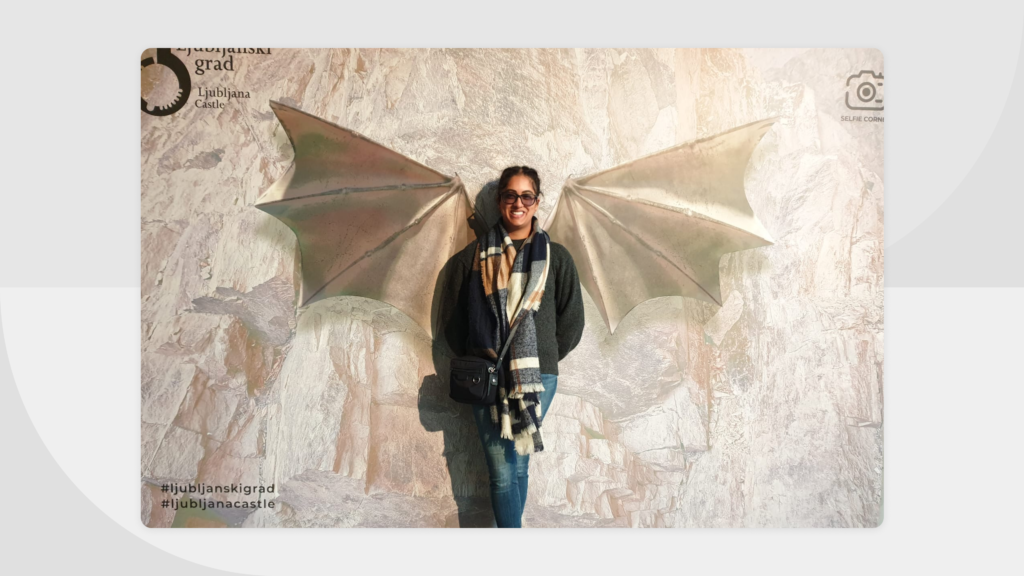
Could you share an unexpected source of inspiration that has impacted your approach to UX?
For me, inspiration comes from the world around me, often in the most unexpected places. You’ll find on my LinkedIn posts covering everything from restaurant menus to the buttons on lifts, software oddities, and many more.
Everyday interactions, whether with physical objects or digital interfaces, can spark ideas about usability, accessibility, and design thinking. I believe in keeping an open mind, this mindset helps me approach UX problems from fresh perspectives. Observing how people navigate the world, how they solve small everyday frustrations, or how certain design elements guide behavior is incredibly informative.
Even non digital experiences, like the flow of a museum exhibit or the layout of a supermarket, can inform better digital design by showing how people naturally interact with their environment. In UX, it’s not always about following trends but about learning how people feel and react in different contexts, and that inspiration can come from anywhere.
Given no constraints, what would be your dream UX project to work on and why?
This is such a tough question because there are so many fascinating opportunities in UX! I enjoy working in collaborative environments, working with diverse teams to create something that makes an impact (more importantly seeing the results of said impact).
If I had to choose, working on a health tech project would be a dream. Something that could genuinely improve people’s lives by making healthcare more accessible, efficient, and user friendly. Health technology has the potential to solve real world problems, especially in areas like mental health, patient care, or remote medical services.
Another area that excites me is education, particularly designing digital tools that help children learn. The cross of UX and education could reshape how kids engage with learning, making it more interactive, personalized, and fun.
Watching a product I worked on make an impact, whether it’s helping a patient navigate their treatment or helping kids engage with STEM learning, would be incredibly rewarding. Ultimately, any project that lets me collaborate, release meaningful work, and see real world results is what motivates me the most.
Conclusion
Karen’s experience highlights the power of female tech communities in supporting and empowering women in the workplace. At Useberry, we share this commitment to supporting UX professionals. Our tool helps UX researchers and designers streamline their processes, improve collaboration, and get the insights they need to make confident decisions.
Feel free to contact us!
We’d love to know your experience with Useberry and we will be excited to hear your thoughts and ideas.


